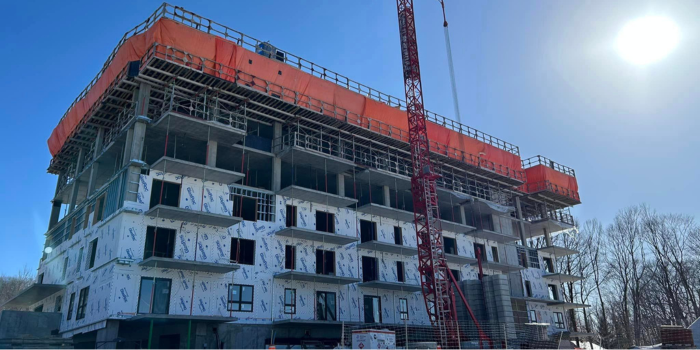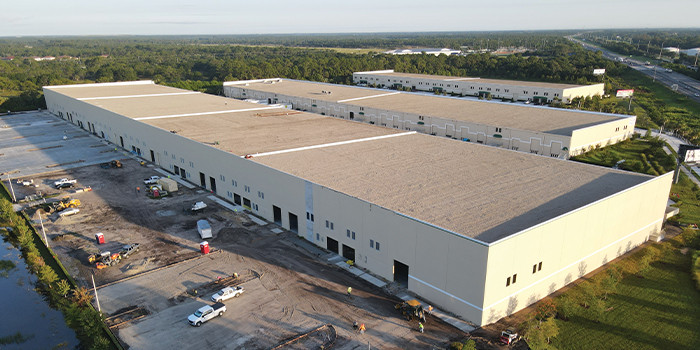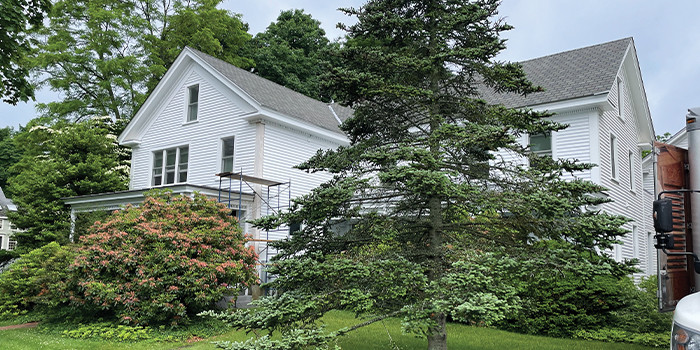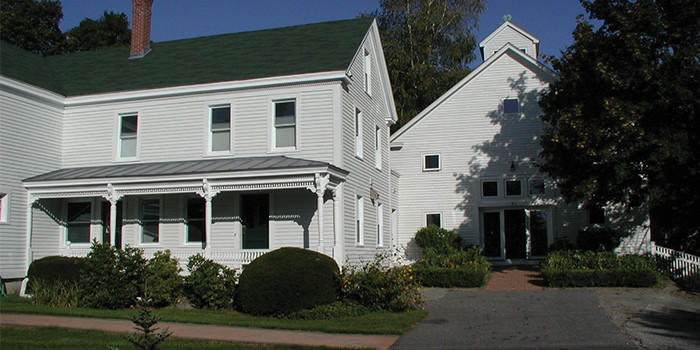The Evolution of Blowing Agents
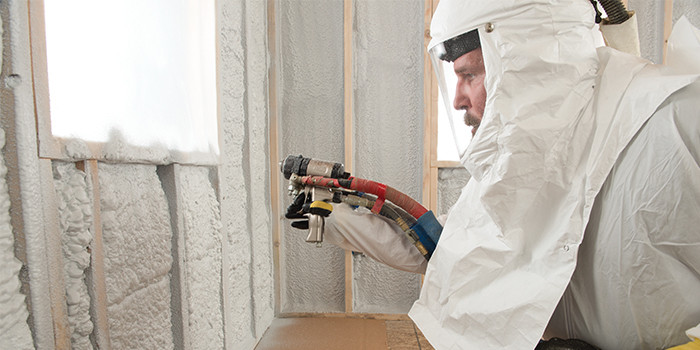

Spray Foam Magazine – Summer Issue 2021 – In order to meet emerging regulations, the spray foam industry is constantly working to develop new generations of spray foams that phase out or reduce the impact of ingredients with ozone depletion potential (ODP) and global warming potential (GWP). For reference (and as described in more detail below), ODP measures the potential impact on the Earth’s protective ozone layer, and GWP measures potential impacts contributing to atmospheric warming.
The blowing agent is a liquid component in the B-side that transforms into an insulating foam that would otherwise just be solid polyurethane. As a result, it is a critical component to spray foam insulations. Blowing agents work by either a chemical reaction or a physical phase change.
Water and other chemical blowing agents react with the A-side creating carbon dioxide gas, which in turn forms the bubbles that cause the foam to expand. These are typically used with open-cell spray foams. Because the blowing agent is water, spray foams using chemical blowing agents are not included in global warming potential regulations.
In addition to or in place of chemical blowing agents, spray foams can use physical blowing agents. These blowing agents have a lower boiling point than the typical spray foam processing parameters. As the B-side is heated, the liquid blowing agents turn into gas creating the bubbles that form the cells. Physical blowing agents are commonly used in closed-cell spray foam applications. The blowing agents used in this process have changed over the years, to reduce the product’s GWP and ODP. Each regulation update is colloquially referred to as a new “generation.”
Chlorofluorocarbons (CFCs) were the first generation of blowing agents used in spray foam. With a GWP of over 4,000 and an ODP of 1, these agents were banned in 1996 for their ability to degrade the earth’s protective ozone layer. The second generation was hydrochlorofluorocarbons (HCFCs), which have GWPs of over 700 and an ODP of 0.11. These were banned in 2005.
Third-generation blowing agents, hydrofluorocarbons (HFCs), are now being phased out across North America. The relatively new regulations prohibiting the use of HFCs in spray foam insulation are designed to help reduce the use and emission of heat trapping chemicals that can contribute to climate change.
Although third generation spray foams have zero ODP, they do have high Global Warming Potential (GWP). GWP is a measurement that allows researchers to compare the impact of various gases on atmospheric warming. A gas’s GWP is established by comparing how much energy one ton of that gas will absorb to the amount of energy one ton of carbon dioxide (CO2) will absorb over a given period of time (typically 100 years).2
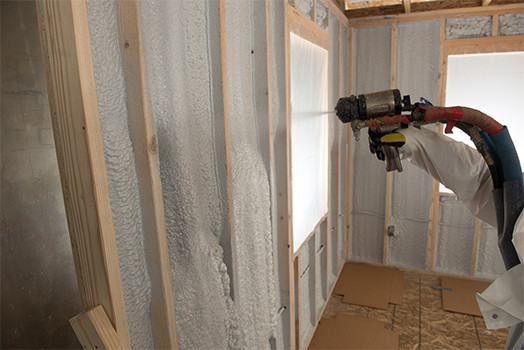
Physical blowing agents are typically used with closed-cell spray foam applications.
Since CO2 is the reference gas, it is assigned a GWP of 1 regardless of the time period being measured. Materials with a larger GWP have a greater potential to warm the earth compared to CO2. Additionally, materials that have a longer lifetime (remain in the atmosphere longer), have the potential to have a higher GWP simply because they continue to absorb energy after other gases may dissipate.
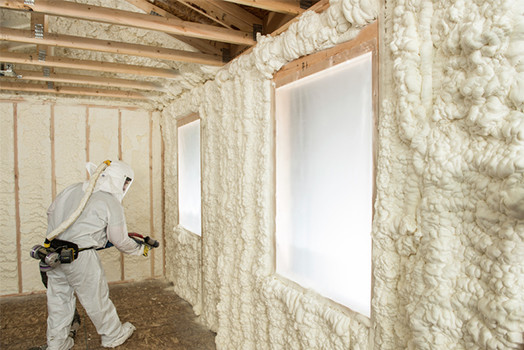
Water and other chemical blowing agents are used with open-cell spray foams.
Scientists have determined that a gas’s effect on warming the Earth depends on three factors:3
The gas’s ability to hold heat energy: Some gases absorb more heat energy than others.
The gas’s lifetime (how long it remains in the atmosphere): Some gases only last for a decade while others can last for hundreds or even thousands of years. A long-lived gas with the ability to absorb a large amount of heat energy will contribute far more to global warming or climate change than one with a lower potential for heat absorption or a shorter life span.
How much of the gas is in the atmosphere: The more of a gas in the atmosphere, the greater potential it has to trap heat.
When we look at the blowing agents used in Gen III spray foam insulations, we find that while they help provide excellent R-values, they also have high GWPs. The HFC blowing agent used in JM’s third generation spray foam, JM Corbond® III, has a GWP between 950 and 1020. Some HFCs used by Gen III spray foam manufacturers throughout the industry have a GWP of 3400 or more. As a result of these higher GWPs, even relatively small concentrations of HFCs released into the atmosphere can have a disproportionately high impact on global warming.4 This is why many states in the U.S. and all of Canada have phased out or begun to phase out the use of HFCs.
As HFCs are phased out, the fourth generation of spray foam insulation has made its way to the market. These newer spray foams are not made with an HFC blowing agent. Instead they use blowing agents with a significantly lower GWP. For example, JM’s Corbond® IV, our fourth-generation spray foam made with a hydrofluoro-olefin (HFO) blowing agent, was just released in January 2021.
This HFO blowing agent has a GWP of less than 2. More importantly, installers can still get the same performance out of JM Corbond IV that they did out of JM Corbond III despite the different blowing agents, including installing it using the immediate-pass method.
Fortunately, neither HFCs nor HFOs used in Gen III and Gen IV spray foams are considered ozone depleting substances (chemicals that damage the ozone layer that protects the Earth from the sun’s radiation). As a result, both Corbond III and Corbond IV have an ODP of 0.
In states and countries where the HFC phase out has begun, installers will need to use fourth generation spray foams after the date specified in the regulations. As this is a phase out and not a ban, in most circumstances installers can spray third generation material as long as it was manufactured before the date the local regulations went into effect. In the U.S. there are many states that have not prohibited the use of HFCs, and installers located in these states can choose between using a third generation spray foam, like JM Corbond III, and fourth generation spray foam, like JM Corbond IV.
If you’re not sure whether your location has begun to phase out HFCs, visit the Spray Foam Coalition’s website, State Phase-Down of HFCs in the Polyurethanes Industry. For more information about JM’s spray foam insulations, visit the Spray Foam Product Page.
Direct any questions you have about statements made in this article to Johns Manville:
303-978-2000 JohnsManvilleBuildingInsulation@jm.com
SOURCES:
https://www.epa.gov/ozone-layer-protection/ozone-depleting-substances
https://www.epa.gov/ghgemissions/understanding-global-warming-potentials
https://www.epa.gov/ghgemissions/overview-greenhouse-gases
https://www.epa.gov/ghgemissions/overview-greenhouse-gases#f-gases
*Spray Foam Magazine does not take editorial positions on particular issues; individual contributions to the magazine express the opinions of discrete authors unless explicitly labeled or otherwise stated. The inclusion of a particular piece in the magazine does not mean that individual staff members or editors concur with the editorial positions represented therein.
Disqus website name not provided.




